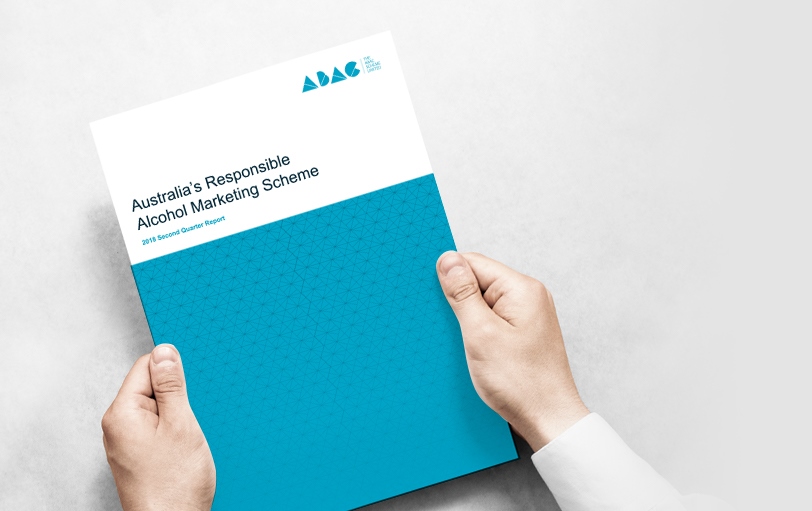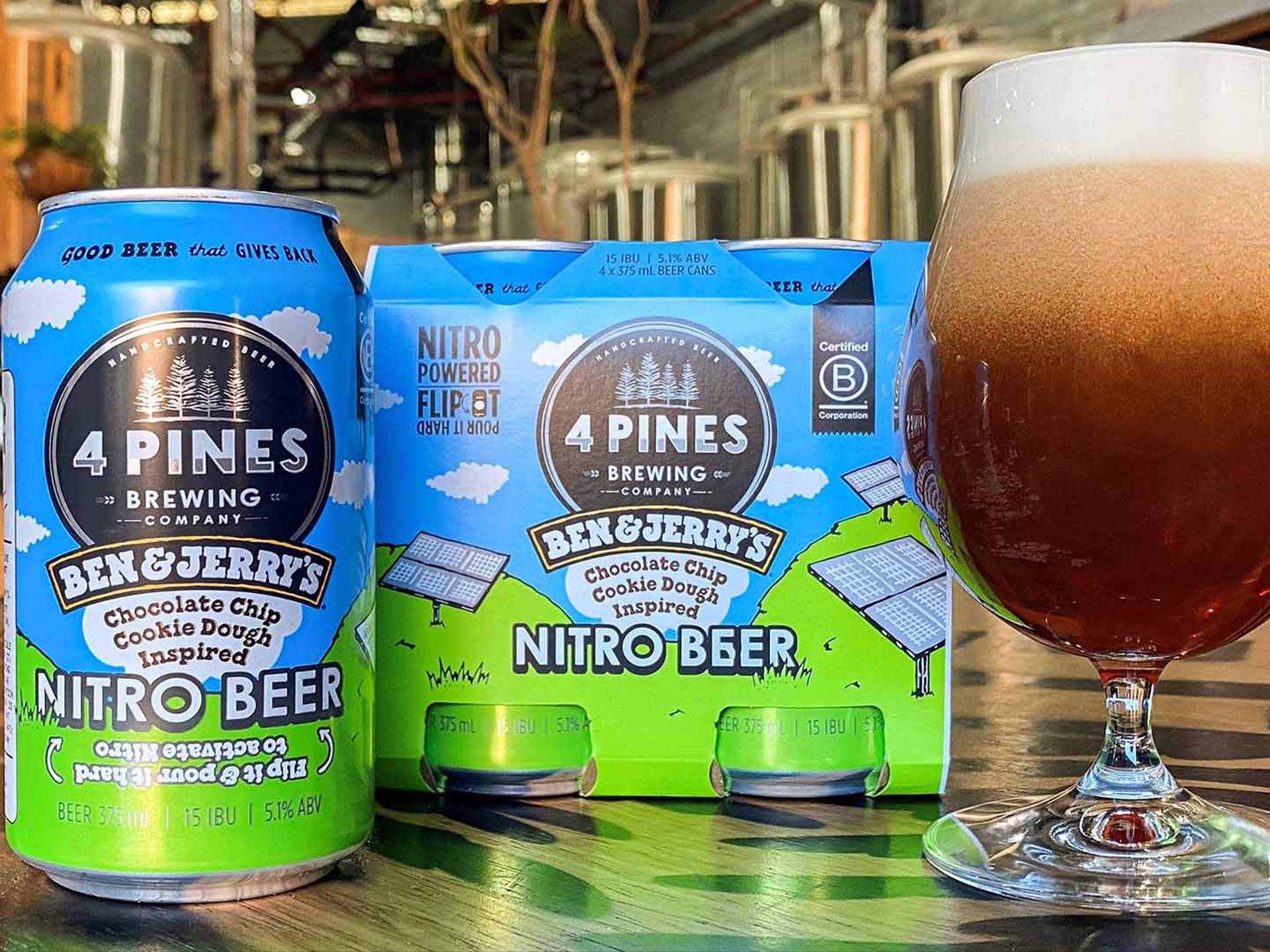
Over half of the determinations handed down under the Alcohol Beverages Advertising Code (ABAC) in the third quarter of this year were related to the beer and brewing industry.
While complaints about alcohol marketing were considerably down overall compared to a spike in the previous quarter, of the 36 determinations ABAC’s adjudication panel made, 19 were beer or brewery related. Of those 19 complaints, nine were upheld entirely or partially, while the panel found the other 10 hadn’t breached the code at all.
In ABAC’s third quarter findings, chair Harry Jenkins highlighted a complaint that found 51 Facebook or Instagram pages controlled by various alcohol-related brands, including ones operated by Balter, Coopers, Carlton & United and Lion, had failed to utilise available age restrictions during a certain timeframe.
“This is a timely reminder to all alcohol marketers of the importance of ensuring steps are taken to restrict alcohol marketing on social media to adults,” he said in a statement. “Facebook, Instagram, YouTube and Twitter all have simple tools to age restrict alcohol producer and retailer brand accounts and Facebook and Instagram also enable the age restriction of individual posts that promote an alcohol brand. Everyone involved in alcohol marketing should audit all of their digital marketing assets, including influencer and brand partner activity to ensure that all available age restriction controls have been activated for those marketing assets. ABAC will be monitoring compliance in this area.”
Balter, for example, admitted via a letter to ABAC that they had breached the code on both dates referenced in the complaint, but said the page was now age gated and that they would “engage a third party to undertake a twice-yearly audit of all social media channels to ensure age gating is up to date”.

In regards to the nine beer or brewery related complaints upheld or partially upheld by the panel in the third quarter, these involved:
- A 3 Ravens Brewery Facebook ad, which the complainant said implied that excessive alcohol consumption is a necessary coping mechanism during difficult times. In upholding the complaint, the panel said “it is possible to read the post in several ways, but the more likely understanding is that COVID lockdowns are best responded to “with a fridge full of delicious beer”. The ad was discontinued.
- Five Instagram posts promoting Victoria Bitter, which were argued to be in breach of responsible marketing standards. For example, one post showed a man drinking a long neck while sitting in a bath which had two more empty long necks on the side of the bath. The panel found that only two of the posts were in breach of ABAC standards and they were removed.
- 4 Pines Brewing‘s Ben & Jerry’s Chocolate Chip Cookie Dough Inspired Nitro Beer (pictured above). Two separate complainants said the beer’s name and packaging would have strong appeal to minors. The panel agreed and 4 Pines said it wouldn’t be bringing back the limited release.
- The 40/20 Beer Company‘s website and Instagram page, which received complaints for using under-25-year-olds to promote products. The panel found that all but two of the images referred to in the complaints were in breach of the ABAC standard. They were removed.
- Currumbin Valley Brewing‘s Blackcurrant Pastille Sour Ale’s packaging, which complaints said would be appealing to children and could be confused with a soft drink. The panel agreed and the brewery agreed to alter the packaging.
- Moon Dog’s hard seltzer brand Fizzer. The complainant said the packaging and a related Facebook post could confuse the product with a soft drink or the confectionery item with the same name. The Facebook post was deleted after the panel ruled that it failed to clearly identify the product as an alcoholic beverage. However, the panel found that a reasonable person would most probably not understand the packaging as having strong appeal to minors.
- Capital Brewing Co‘s Hang Loose Juice NEIPA. The complainant said its packaging and a related Facebook post would appeal to minors and be confused with a soft drink. The panel upheld that the Facebook post would have strong appeal to minors as it described the product as “tasting like a glass of freshly squeezed orange juice” and it was removed. However, the panel found that a reasonable person would not understand the packaging has strong appeal to minors.
- Hairyman Brewing‘s Pop Ale. The complainant said its packaging and a related Facebook post could appeal to very young potential drinkers and be confused with a soft drink. The panel didn’t uphold the packaging complaint, but the “prominent references to creaming soda in the Facebook video advertisement… does tip (it) into having strong and evident appeal to minors. Hairyman removed it.
- And One Drop Brewing, whose Soursop & Indica Berliner Weisse received a complaint in terms of it referencing “weed culture”. The panel found language used in the sour’s website entry “does, in part, suggest a significant change in mood and illicit drug impacts”. One Drop modified its online description. However, the panel found that the packaging was not in breach of the code.
Meanwhile, a complaint about two Instagram posts by Your Mates Brewing has been upheld at the start of the fourth quarter. The panel agreed with the complainant that the two posts were in breach of the code as one depicted someone drinking and driving a boat and the other showed people drinking while swimming. They were removed. But the panel dismissed the argument from the same complainant that the can art of six Your Mates products (Larry Pale Ale, Sally IPA, Eddie XPA, Donnie Dark Ale, Macca Aussie Lager and Tilly Ginger Beer) were based on cartoon images and would appeal to minors. The panel said the products sufficiently identify themselves as being alcoholic, the cartoon characters were clearly adults and “taken as a whole, the appeal of the packaging design to minors would be incidental and not strong or evident”.
ABAC’s Third Quarterly Report for 2021, which details decisions made during the past quarter, is available here and more information about the Code is available at abac.org.au.
